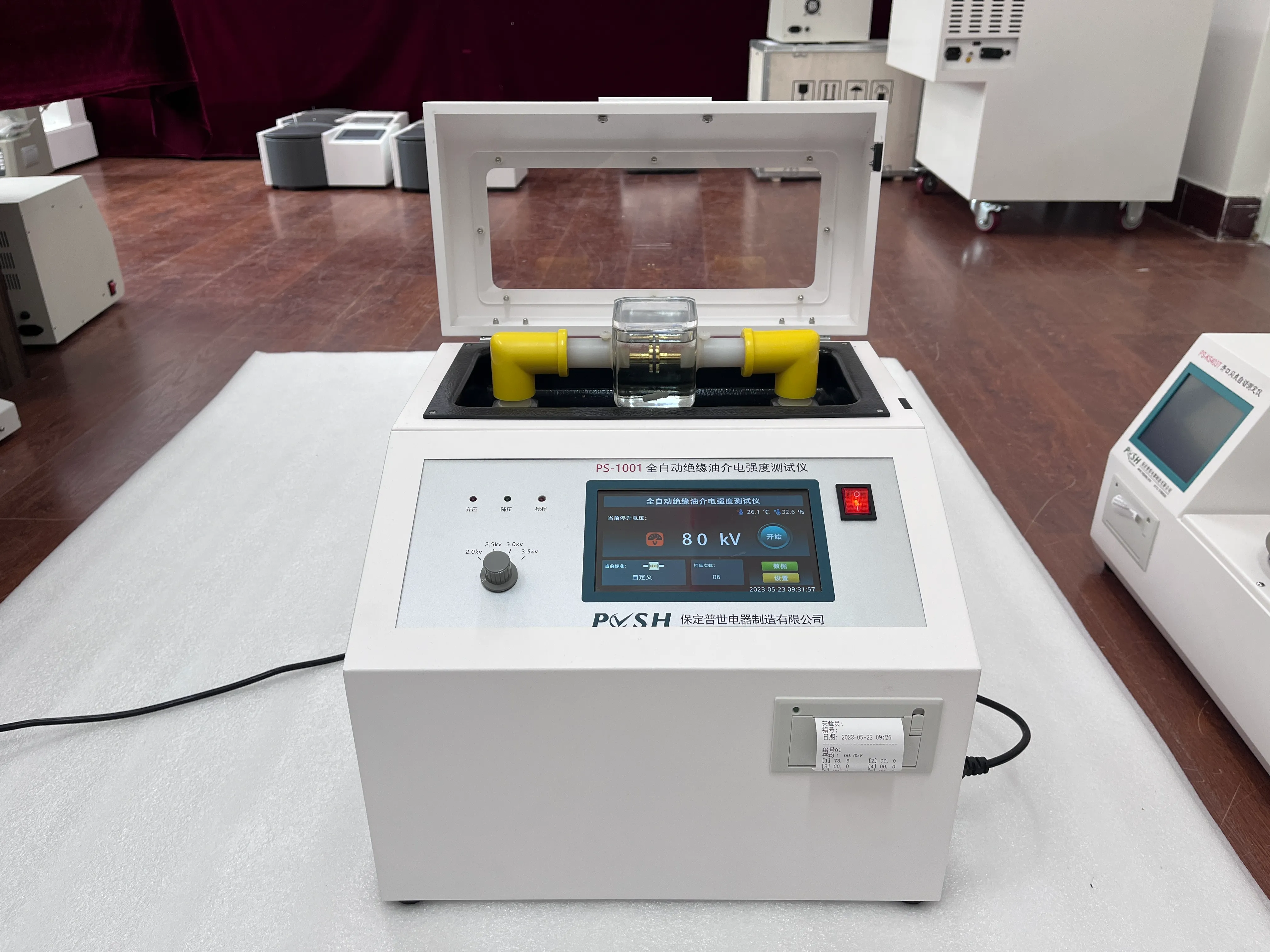 English
English


An Overview of Gas Chromatography Techniques and Their Applications in Analytical Chemistry
Gas Chromatography An Overview
Gas chromatography (GC) is a powerful analytical technique widely used to separate and analyze compounds that can be vaporized without decomposition. It is commonly employed in various fields, including environmental monitoring, food safety, pharmaceuticals, and petrochemical industries, due to its ability to provide high-resolution separation and quantification of components in complex mixtures.
At its core, gas chromatography involves the transportation of a sample through a column by an inert carrier gas, typically helium or nitrogen. The sample is injected into the chromatograph, where it is vaporized and carried into the column. The column is filled with a stationary phase, which is a liquid or solid that interacts differently with various components of the sample. As the sample travels through the column, the different components experience varying degrees of interaction with the stationary phase, leading to their separation based on differences in volatility and affinity.
Gas Chromatography An Overview
The effectiveness of gas chromatography is largely influenced by factors such as the choice of stationary phase, column dimensions, temperature programming, and flow rate of the carrier gas. These parameters can be optimized to enhance the separation and resolution of closely related compounds, which is particularly important in applications where precise identification and quantification are crucial.
gas chromatography def

Gas chromatography is widely used in environmental analysis to detect pollutants in air, water, and soil. For example, it can analyze volatile organic compounds (VOCs) in air samples or identify pesticides in food products. In the pharmaceutical industry, GC is instrumental in ensuring the purity and quality of drug compounds, helping to comply with regulatory standards.
Furthermore, the application of gas chromatography extends to the petrochemical sector, where it is utilized to analyze hydrocarbons in crude oil and natural gas. Accurate analysis of these components is essential for refining processes and for the characterization of fuel products.
Despite its numerous advantages, gas chromatography does have certain limitations. It is primarily suited for analyzing volatile compounds; substances that decompose easily upon heating or that are non-volatile may not be amenable to this technique. Additionally, sample preparation can be time-consuming, particularly when dealing with complex matrices. However, advancements in sample preparation techniques, such as solid-phase microextraction (SPME) and headspace analysis, have improved the applicability of GC to a broader range of samples.
In conclusion, gas chromatography remains a cornerstone of analytical chemistry due to its high efficiency, sensitivity, and versatility. Its ability to separate and identify complex mixtures makes it an invaluable tool across a wide array of scientific disciplines. As technology continues to advance, the applications and capabilities of gas chromatography will undoubtedly expand, further enhancing its role in research and industry. Whether conducting environmental assessments or quality control in manufacturing, gas chromatography turns the invisible into visible, providing insight that drives informed decisions and innovation.
-
Differences between open cup flash point tester and closed cup flash point testerNewsOct.31,2024
-
The Reliable Load Tap ChangerNewsOct.23,2024
-
The Essential Guide to Hipot TestersNewsOct.23,2024
-
The Digital Insulation TesterNewsOct.23,2024
-
The Best Earth Loop Impedance Tester for SaleNewsOct.23,2024
-
Tan Delta Tester--The Essential Tool for Electrical Insulation TestingNewsOct.23,2024





